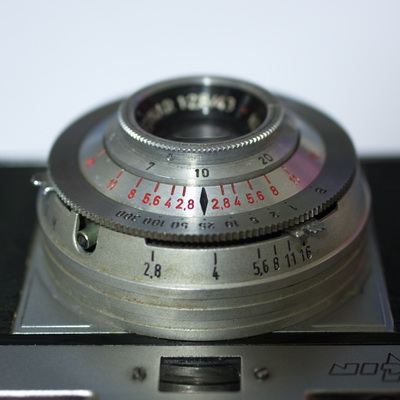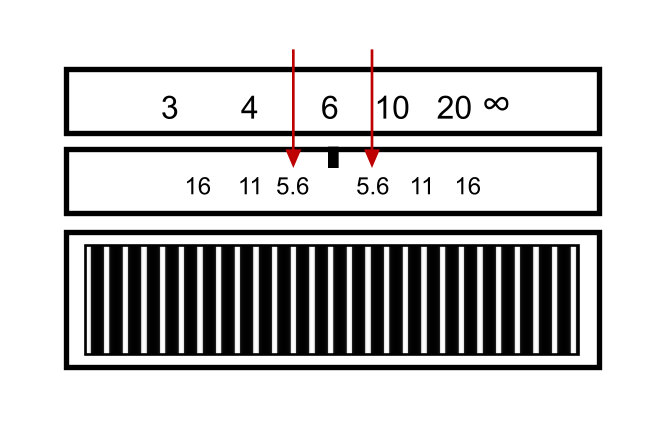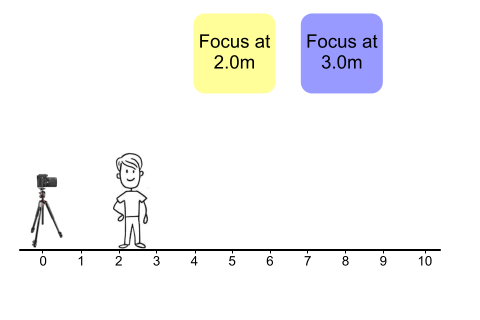Zone Focusing
If you shoot with older simple film cameras your bound to come across ones that require zone focusing. A simple explanation of zone focusing is that you preset the focus of a lens prior to taking a picture using a distance scale. The scale can be as complex as distance values cross referenced to apertures or as simple as a few icons on the lens barrel.
or as simple as a few icons on the lens barrel. One of the key things about zone focus cameras though is that they don’t provide a focus aid like a rangefinder or SLR. You can however choose to zone focus with those types of cameras if it suits your needs (We can cover that in a bit).
One of the key things about zone focus cameras though is that they don’t provide a focus aid like a rangefinder or SLR. You can however choose to zone focus with those types of cameras if it suits your needs (We can cover that in a bit).
Zone focus cameras are simpler than other cameras and tend to be cheaper because of it but there are certain instances where they can be the right tool. If you know that some action you want to capture is going to take place at a certain distance in front of you, presetting the focus is a great way to ensure your not fiddling around focusing and end up missing it. Many street photographers have used this method no matter which camera they use. The drawback of zone focusing is the lack of precision of what is in sharp focus. That’s where the ‘zone’ in zone focusing comes in. When you focus with a camera there is a certain amount of distance in front and behind that plane that can be considered to be in focus. We refer to that as the depth of field. The depth of field increases as you stop down the aperture of the lens making that zone of acceptable focus larger.

In the above example the lens is focused at 6ft and the aperture is set to f16 giving a range of acceptable focus of around 3.5ft to 22ft

Now if we set the aperture to f5.6 leaving the focus at 6 feet we only have a range of acceptable focus of around 5 to 8 feet which is a lot less and harder to ensure good results with.
This is the principle behind zone focusing. You set the focus to a distance and count on the depth of field to provide a sufficient range for the subject.
So what you are unlikely to be able to achieve, without effort and luck, using zone focusing is shallow depth of field where the subject stands out from a smooth out of focus background. What you gain is its not necessary to focus at the moment of exposure as you have already done that.
Another issue with zone focusing is that as the subject is closer and closer to the camera depth of field decreases making accuracy harder. I’ve created this little animation to show the change in depth of field of a 50mm lens as the aperture is decreased. I’ve done this for two focus distances 2m and 3m.

You can see that the depth of field goes from about 10cm to 3m when the focus is at 2m and from 30cm to 15m when its set to 3m. The implication of this is that its best to use zone focusing for subjects that are a little further from the camera. Focal length plays a role as well that’s why I’ve used a 50mm lens in this example for simplicity.
